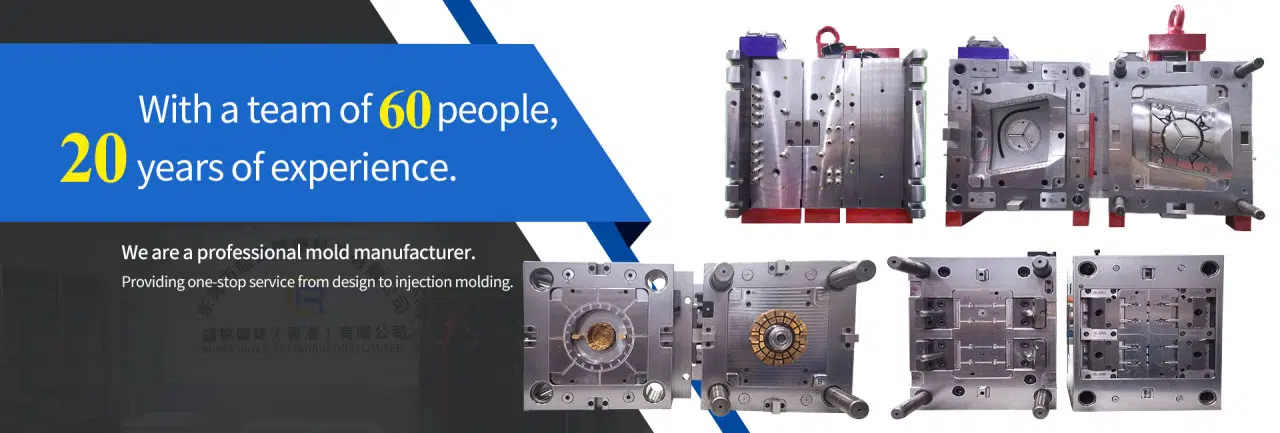
Keyword: Sand Casting
# Sand Casting Process Explained
## Introduction to Sand Casting
Sand casting is one of the oldest and most widely used metal casting processes. This versatile method allows manufacturers to create complex metal parts by pouring molten metal into a sand mold. The process dates back thousands of years and remains popular today due to its simplicity, cost-effectiveness, and ability to produce large components.
## How Sand Casting Works
The sand casting process involves several key steps:
### 1. Pattern Creation
A pattern, typically made of wood or metal, is created in the shape of the desired final product. This pattern serves as the template for the mold cavity.
### 2. Mold Preparation
The pattern is placed in a flask (a metal frame) and packed with specially formulated sand. The sand mixture usually contains silica sand, clay, and water to create the proper consistency and strength.
### 3. Mold Assembly
The mold is divided into two halves (cope and drag). After the pattern is removed, the two halves are assembled to form the complete mold cavity. Channels for pouring molten metal (called gates and runners) are also created in the sand.
### 4. Pouring the Metal
Molten metal is poured into the mold through the sprue (the main pouring channel). The metal fills the cavity and all the passageways in the mold.
### 5. Cooling and Solidification
The metal is allowed to cool and solidify within the mold. Cooling time depends on the metal used and the size of the casting.
### 6. Shakeout
Once cooled, the sand mold is broken apart to reveal the metal casting inside. The sand can often be reclaimed and reused for future molds.
### 7. Finishing
The casting undergoes various finishing processes including cutting off excess metal (from gates and runners), grinding, machining, and surface treatment.
## Advantages of Sand Casting
Sand casting offers numerous benefits that make it a preferred choice for many applications:
– Cost-effective for small to medium production runs
– Can produce very large parts (up to several tons)
– Works with almost any metal alloy
– Allows for complex geometries
– Relatively simple tooling requirements
– Environmentally friendly (sand can be recycled)
## Common Applications
Sand casting is used across various industries to produce:
– Engine blocks and cylinder heads
– Pump housings
– Machine tool bases
– Large gears
– Valves and fittings
– Artistic sculptures and decorative pieces
## Types of Sand Used in Casting
Different sand mixtures are used depending on the application:
– Green sand (most common, contains clay and water)
– Dry sand (baked for increased strength)
– Resin-bonded sand (uses chemical binders)
– Shell molding sand (uses resin-coated sand)
## Conclusion
Sand casting remains a fundamental manufacturing process due to its versatility, cost-effectiveness, and ability to produce high-quality metal components. While newer casting methods have emerged, sand casting continues to be the preferred choice for many applications, especially for large or complex parts. Understanding this process helps manufacturers make informed decisions about production methods and helps engineers design parts that are optimized for casting.